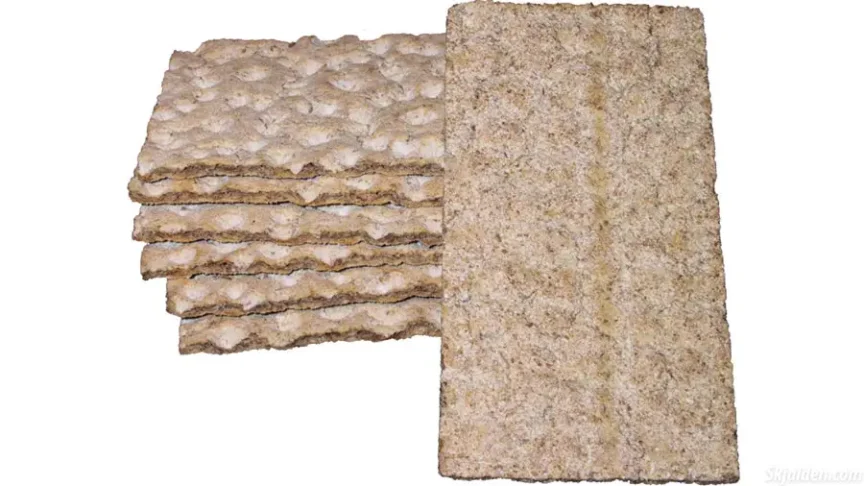Knäckebröd is a traditional Swedish crispbread that has been a staple in Nordic diets for centuries. Its popularity stems from its versatility, nutritional benefits, and long shelf life. Knäckebröd, often known simply as crispbread, is a type of flat and dry bread or cracker, usually made from rye flour.
This bread is characterized by its crisp texture and distinctive holes. Originating from Sweden, it has become a beloved part of Scandinavian cuisine but has also gained popularity worldwide due to its health benefits and adaptability in various dishes.
Historical Background
The history of knäckebröd dates back to the 1500s in Sweden, where it was baked just twice a year: during spring and autumn. The bread was designed to be stored for long periods, especially over the harsh Scandinavian winters. Traditionally, it was made with whole grain, water, yeast, and salt, making it a nutritious option in times of scarce resources.
Knäckebröd is known for its high fiber content, which aids in digestion and provides a feeling of fullness. It’s a great source of carbohydrates and contains minimal fat. Many variations now include seeds like sunflower or pumpkin, adding to its nutritional profile with essential fatty acids, vitamins, and minerals.
How to Enjoy Knäckebröd
There’s a variety of ways to enjoy knäckebröd, making it a versatile addition to any meal. It can be a great alternative to traditional bread or crackers and pairs well with both sweet and savory toppings.
For breakfast, knäckebröd can be topped with cheese, sliced cucumber, or hard-boiled eggs. It also makes for a convenient and healthy snack, complemented with toppings like peanut butter, jam, or slices of fruit.
Knäckebröd isn’t just for toppings. It can be used as a base for canapés, adding a crunchy texture to appetizers. Crumbled crispbread can also be a unique breading for chicken or fish, or even as a crouton alternative in salads.
Image credit: MatthiasKabel
